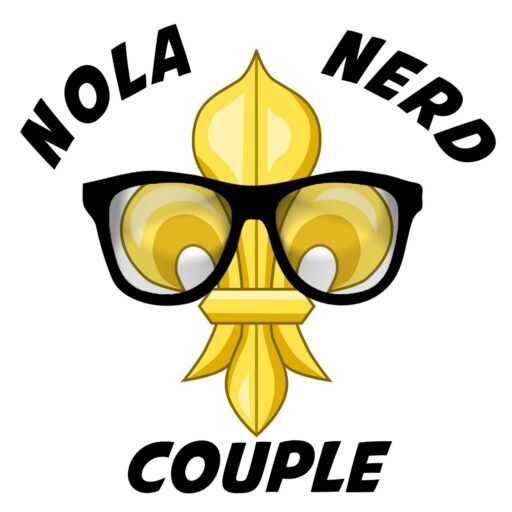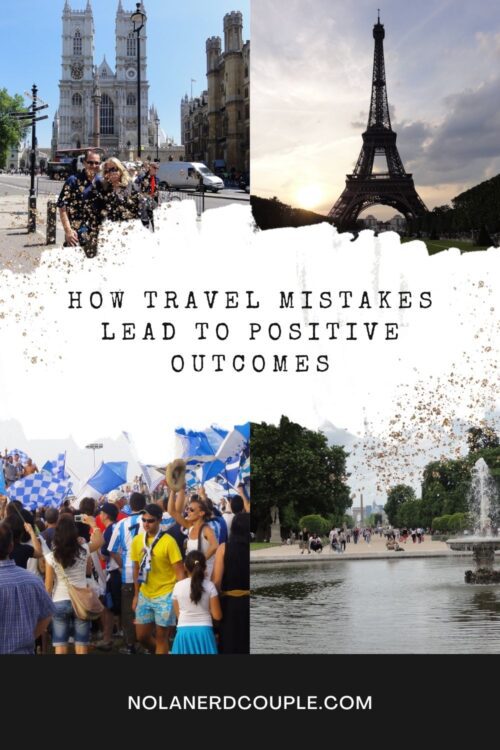The next morning was an early morning and when we landed in Normandy, we landed at Sword Beach, where the British 101st Airborne launched their invasion on D-Day. Our first stop was to Pegasus Bridge, where, right after midnight on 6 June 1944, the British 6th Airborne Division, pulled in by gliders that basically crash-landed on specific targets, captured two important bridges. The bridge over the Caen Canal was renamed Pegasus Bridge in their honor (it was their insignia). The campaign, led by John Howard, was imperative in cutting off the Germans from supplies and for not letting them get more troops across the Orne River and it’s sister canal. The plan was successful, the bridges remained intact, and the Allies gained a strong foothold in Normandy.


Not only did we get to see Pegasus Bridge, but we also saw Café Gondrée, where the Gondrée family acted as spies in the resistance against the Nazis. It’s still run by their daughter, a feisty lady still very proud of her family’s legacy, as she rightly should be.
At Pegasus Bridge, we picked up Martin Morgan, a D-Day aficionado. The knowledge he possesses is unreal, and I was somewhat dumbstruck just listening to the history he espoused. I yearn to be that knowledgeable on some subject. He was a real asset and treat for the remainder of the Normandy leg of the trip.We then went to a small museum, where they housed the original Pegasus Bridge and sign (the bridge was replaced in 1994, the sign in 2002), in addition to the remains of an actual glider used on D-Day. Well worth it to see such an exciting piece of history. I’m so happy our professor assigned us the Pegasus Bridge book by Stephen Ambrose as one of our required readings, because after learning the history of Pegasus Bridge, it made the trip there even more exciting and poignant.



After a drive through Juno Beach, which is where the Canadians landed and was the second deadliest beach (Omaha was the first), we saw a circular cinema experience of D-Day called the Arromanches 360. It tells the story of the Battle for Normandy on 9 screens, without any narration. Thus, you become immersed in the experience, listening to Churchill, Roosevelt, Eisenhower, de Gaulle, and even Hitler, and the story is told through images, video, and radio recordings. I thought it was a powerful experience and I’d be lying if I said it didn’t bring a tear to my eye. The only thing, having it on 9 screens that encircle you, is you feel like you’re missing something on a screen opposite from where you’re looking (though they did pair similar images on all the screens). Definitely something new and different to see each time you view it, and if I ever go back, I will be viewing it again.


Out in the water at Gold Beach, you could still see the remnants of the artificial, makeshift ports/piers/harbors called Mulberry Harbors. Basically, the Allies sunk heavy cement and then built a pier out to the ships, since the beaches were not conducive as ports for unloading ships.


After lunch, we found a shop selling dug up D-Day paraphernalia and bought an unopened Allied first aid kit and a Nazi playing card. We then went to explore old German bunkers and gun stations. Made almost entirely of cement, these fortifications still stand today, as do some of the big guns.


Just looking at the beautiful landscape, completely surrounded by gorgeous wildflowers, with the picturesque beach in the background, it was so hard to imagine that such atrocities and bloodshed occurred not even 70 years ago. My grandparents are older than 70…this occurred in their lifetime. My head sometimes has trouble wrapping around this fact…how different the world was. I cannot imagine a war breaking out in Europe today, with a maniacal dictator at the helm, hell bent on domination. I think that is why it is important for us to never forget…history is doomed to repeat itself if people become too complacent, too relaxed. They start to glorify war, romanticizing it, without truly understanding what war entails. It scares me to think, especially in this day and age with nuclear weapons, that another world war could occur, and that some people today clamor for it.



Okay, back to the trip. After checking out the German remnants, we visited the German Military Cemetery for the Germans that died from 1939-1945, located in La Cambe. It was very enlightening to see the other side of the war. These young men that died, some of them had no choice but to join the Nazi regime. Above all else, they were people, and the decent thing to do is to bury them properly and respect the sanctity of a life lost, even if it was for the “wrong” side. In death, everyone is equal.




About The Author
Discover more from NolaNerdCouple.com
Subscribe to get the latest posts sent to your email.

